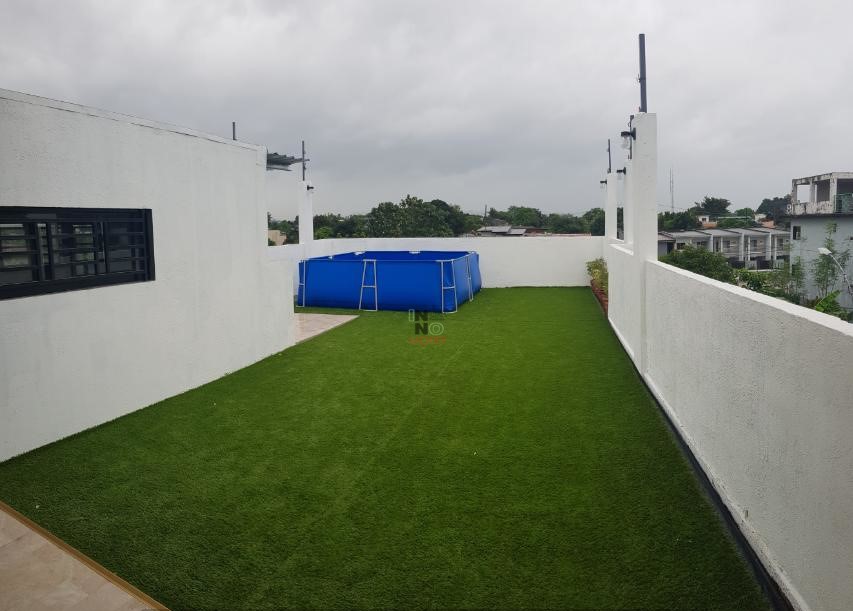Pregnancy transforms the body in many remarkable ways, but one of the most common postpartum challenges women face is diastasis recti. This condition occurs when the abdominal muscles separate, often leaving behind a stubborn belly bulge, weak core, and discomfort. Recognizing the early warning signs is essential because diastasis recti treatment can restore strength, prevent long-term complications, and support overall well-being. For women in Fishers and nearby areas, Osteopractic Physical Therapy of Central Indiana provides professional care and proven solutions for lasting recovery.
What is Diastasis Recti?
Diastasis recti happens when the connective tissue in the abdomen stretches during pregnancy, causing the left and right abdominal muscles to pull apart. While some degree of separation is natural, for many women the gap does not close on its own. Without proper diastasis recti treatment, this condition can affect posture, core stability, and even digestive and pelvic floor function. The condition is not just cosmetic; it impacts daily comfort and physical performance.
Common Signs You May Need Diastasis Recti Treatment After Pregnancy
Noticeable Belly Bulge or “Mommy Pooch”
One of the most visible signs of diastasis recti is a persistent bulge in the midsection. Even with diet and exercise, this belly “pooch” may remain because it is caused by muscle separation, not just extra weight.
Core Weakness and Instability
If you feel like your core muscles no longer support you when lifting, bending, or carrying your baby, it may be due to diastasis recti. Weak abdominal muscles can lead to instability that makes everyday tasks more challenging.
Lower Back Pain and Pelvic Discomfort
The abdominal muscles play a key role in supporting the spine and pelvis. When weakened by diastasis recti, the lower back compensates, often resulting in pain and stiffness. Diastasis recti treatment helps restore core balance and reduces these aches.
Poor Posture or Difficulty Standing Tall
A weak core can make it harder to maintain good posture. Many women notice slouching, rounded shoulders, or discomfort when standing upright. Strengthening the abdominal wall through diastasis recti treatment improves alignment and posture.
Digestive Issues (Bloating, Constipation)
The abdominal separation can affect how your core supports digestion. Some women experience bloating, constipation, or other gastrointestinal discomforts that improve with targeted treatment.
Urinary Incontinence or Pelvic Floor Dysfunction
Diastasis recti is often linked to pelvic floor weakness, which may lead to urinary leakage or difficulty controlling bladder function. Addressing both the core and pelvic floor together is a key part of effective diastasis recti treatment.
When to Seek Professional Help
While some women attempt self-checks at home, professional evaluation is always recommended. A physical therapist trained in postpartum recovery can assess the severity of the separation and design a customized treatment plan. If you are experiencing persistent back pain, significant core weakness, or pelvic floor issues, it’s time to seek professional help. Osteopractic Physical Therapy of Central Indiana specializes in diastasis recti treatment, offering personalized care that promotes safe and complete recovery.
Effective Diastasis Recti Treatment Options
The best treatment approach depends on the severity of the separation and your lifestyle needs. Common strategies include:
- Guided Physical Therapy: Specialized exercises designed to bring the abdominal muscles back together and strengthen the core safely.
- Pelvic Floor Therapy: Addresses urinary incontinence and pelvic floor weakness often associated with diastasis recti.
- Gentle Core Exercises: Tailored movements that rebuild strength without worsening the separation. Crunches and sit-ups are avoided until healing progresses.
- Lifestyle Adjustments: Learning proper lifting techniques, breathing strategies, and posture habits to support recovery.
At Osteopractic Physical Therapy of Central Indiana, diastasis recti treatment is comprehensive and evidence-based, ensuring that every woman receives the right care for her condition.
Benefits of Early Treatment
Seeking treatment as soon as you notice the signs of diastasis recti brings many advantages. Early diastasis recti treatment shortens the recovery process, reduces pain, and helps restore functional strength. Women often experience improved posture, better mobility, and greater confidence in their appearance. Most importantly, treating the condition early prevents complications that can arise from years of untreated core weakness.
Takeaway
Diastasis recti is common after pregnancy, but it doesn’t have to be a lifelong struggle. Recognizing the signs and seeking timely diastasis recti treatment can restore your strength, reduce discomfort, and support long-term health. For women ready to begin their recovery journey, Osteopractic Physical Therapy of Central Indiana is the trusted choice for expert, compassionate care.
FAQs
Can diastasis recti heal on its own after pregnancy?
In some cases, mild separation may improve naturally, but many women need structured diastasis recti treatment for full recovery.
How long after childbirth should I wait before seeking treatment?
You can start gentle postpartum exercises after medical clearance, but professional treatment is recommended as soon as you notice persistent symptoms.
Is diastasis recti treatment painful?
No, treatment focuses on gentle, controlled movements that gradually rebuild strength without causing pain.
Can I still exercise if I have diastasis recti?
Yes, but certain exercises like crunches or sit-ups should be avoided until cleared by a physical therapist. Customized exercise plans are part of effective diastasis recti treatment.
What happens if I don’t treat diastasis recti?
Without treatment, you may experience long-term back pain, posture issues, pelvic floor problems, and difficulty regaining full core strength.






